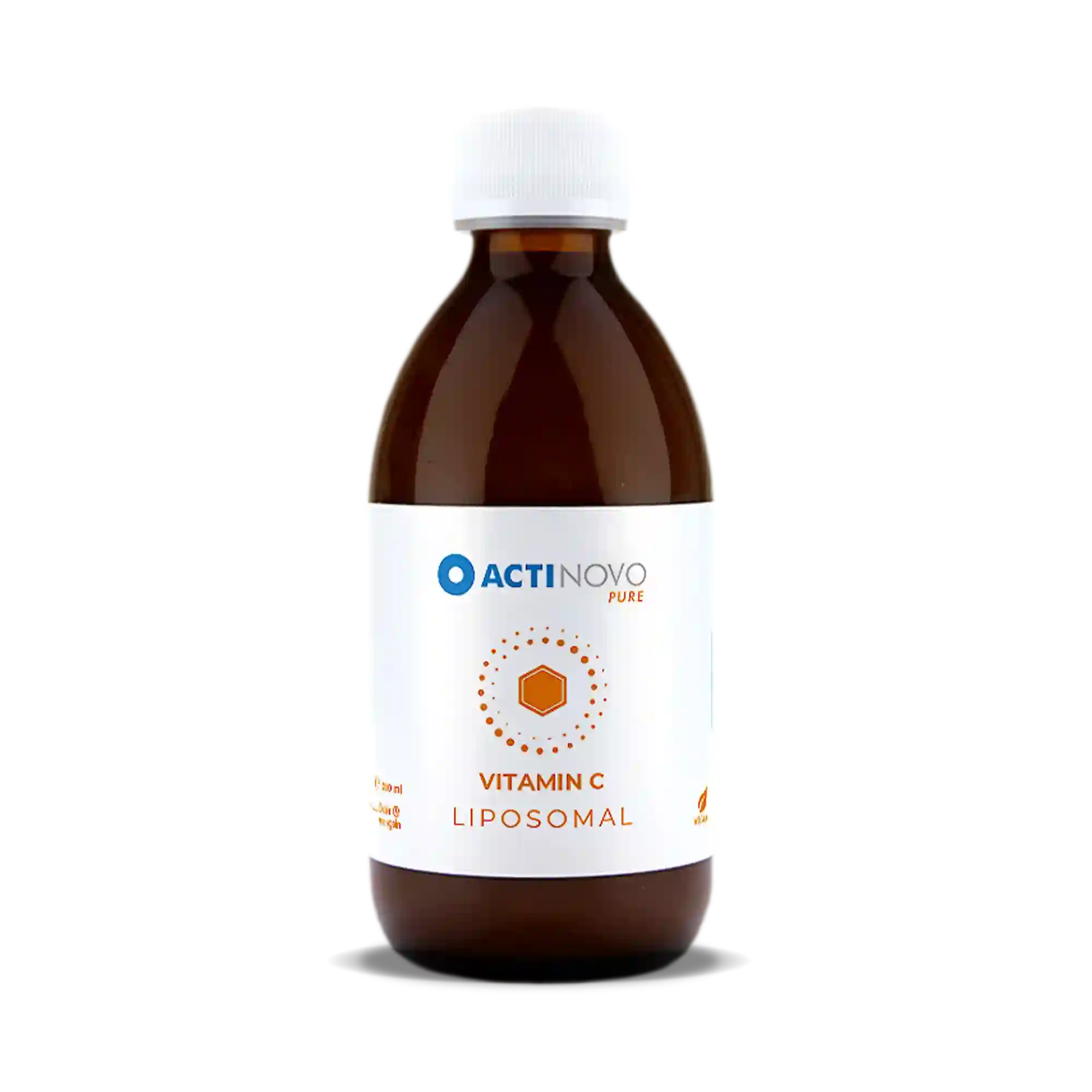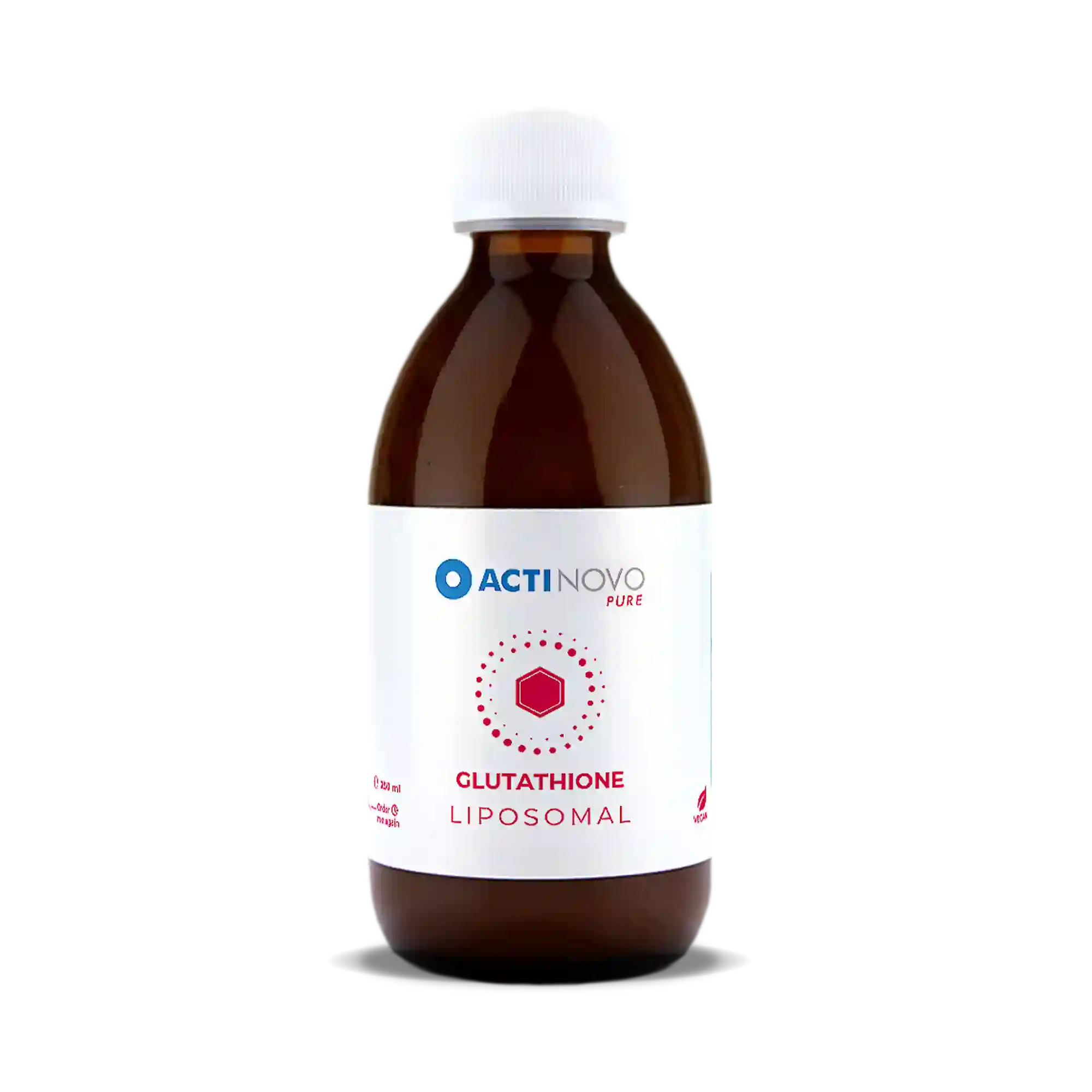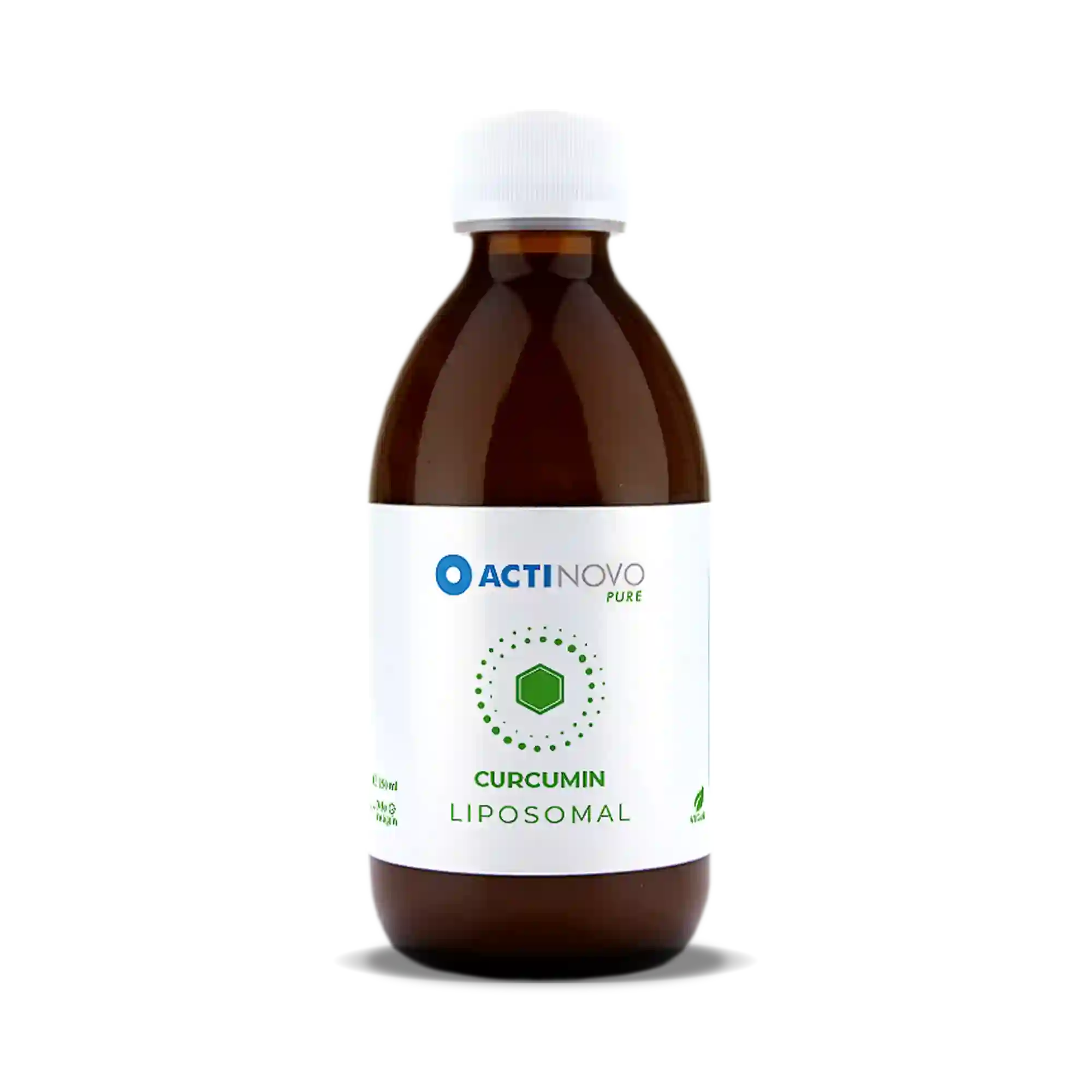
Nutri-Score – Just how healthy is your food?
Last week, we briefly followed along as we looked at nutrition labels on food packaging. These nutrition fact labels have been mandatory on our food supply since the year 1990.
They were created based on the Dietary Reference Values, or how much of each nutrient we need per day, as a way to let the public know how much of what nutrient is in their food.
Considering this, we have all sorts of different ways to look at the health of our food. Traditionally, we look at how many calories it provides, where those calories come from, as well as the micronutrients associated with the food.
Whether or not something is “good” or “bad,” “healthy” or “unhealthy” is not something we specifically define. Typically, these types of health ratings are made anecdotally, using the factors mentioned above.
However, despite recent changes in the USA nutrition label format, traditional nutrition labels received a lot of flak for not adequately informing the public of the health of the food product.
The argument is that if you are not literate in reading nutrition labels, you cannot make informed decisions on what you eat through the use of food labels.
The public health agency of the French government decided that a simpler, more user-friendly type of nutritional labeling was necessary to inform consumers on the health of their food choices. This easier-to-use labeling system is known as Nutri-Score.
What is Nutri-Score?
Nutri-Score, as the name might suggest, scores your food products from “A” to “E” based on the nutritional quality. This type of labeling allows for quick determination of the health of a product, as well as a quick comparison between two products.
It takes into consideration various “positive” and “negative” aspects of a food. Through these considerations, a point value can be given to an item.
Open Food Facts is a free database of food products that works to share data about food so that the public can make better food choices. They are working to label all available foods around the world based on nutrition, allergens, ingredients, and also the Nutri-Score.
Open Food Facts shares a bit of information on their website about the Nutri-Score system. They share that positive points are gained when there are fruits, vegetables, nut, fiber, and protein in the food.
The negative points are gained when there is excess energy, saturated fat, sugar, and sodium. Naturally, the positive points come from good-for-you nutrients and foods and the negative points come from nutrients or foods that have shown to have a negative impact on health when consumed in too large of quantities.
Based on these points, a rating from A to E can be given to the food. An example of a food that earns an “A” would be whole fruit and vegetables or natural low-fat yogurt. An example of a food that rates an “E” would be ice cream or a bacon cheeseburger.
What are the Critics Saying?
Critics of the Nutri-Score system claim that it oversimplifies food by labeling it healthy or not healthy based on these standards. The German Sugar Institute argued that this type of labeling has not proven to reduce obesity and that calories are the only information a consumer needs to understand in order to reduce obesity.
In this example, they show that an 8 oz smoothie ranks better than an 8 oz Coca-Cola even though the smoothie has more calories. However, this line of thinking ignores all the other components of a food that keep us healthy.
Many dietitians would argue that it is not just calories, but the quality of the calories that are important in health and weight loss. While a smoothie may have more calories and may even have a similar amount of sugar, it also has (can have) all-natural ingredients and important nutrients.
Coke, on the other hand, has a list of chemicals and tons of added sugar. We need a certain amount of protein, carbohydrate, fat, and vitamins and minerals in order to stay healthy and to thrive. To base, such recommendations on calories alone ignore the larger picture. Coke provides none of these essential nutrients.
What is the problem with that?
If we looked at calories alone, it could cause severe nutrient deficiencies that can lead to serious health consequences and even death.
The more compelling argument is when less than healthy foods fall through the cracks. There are debates as to whether full fat versus low-fat dairy products are better for health and ongoing research on the topic.
However, this Nutri-Score uses the current consensus that full-fat dairy is harmful. These types of research topics will need to be addressed as this labeling system progresses and becomes more widespread.
For example, natural peanut butter, a filling healthy snack, rates the same as a Big Mac, but these are arguably not identical in nutrition and one is far more likely to be suggested as a snack by a dietitian.
Despite the critiques, Nestle, the world’s largest food and beverage company, has recently announced they will use this label on their packaging in continental Europe. Other major companies such as Aldi, Danone, and Bofrost have voluntarily introduced the Nutriscore in Switzerland and Germany.
However, Iglo, a frozen food manufacturer was issued a preliminary junction by the Hamburg Regional Court against printing the NutriScore on their products. They are currently in the second round of appeals and maintain the labels on their website.
Proponents of the score argue that it’s only useful if all products use the score, but if Germany rejects the use of these scores, this will significantly and negatively affect this possibility.
What considerations should the consumer have?
What happens to people who see an “A” and eat way too much of it? Too much of anything (even healthy foods) can be a bad thing.
What if people begin to refuse to eat anything below a C rating? Or, what happens to those who can’t eat an “E” food without feeling guilty?
Moderation is a part of every healthy diet. People shouldn’t feel shame for having a milkshake and shouldn’t be rewarded for only eating A-rated products. For this to work, a balanced diet needs to be clearly promoted and those with eating disorders to be strongly considered as such a system can be very triggering for someone in recovery.
But despite these concerns, many people could benefit from more clear labeling of food products as they work on their own health goals. Whether or not Nutri-Score is the best option, it’s certainly a step in the right direction for consumer health and decision making.



